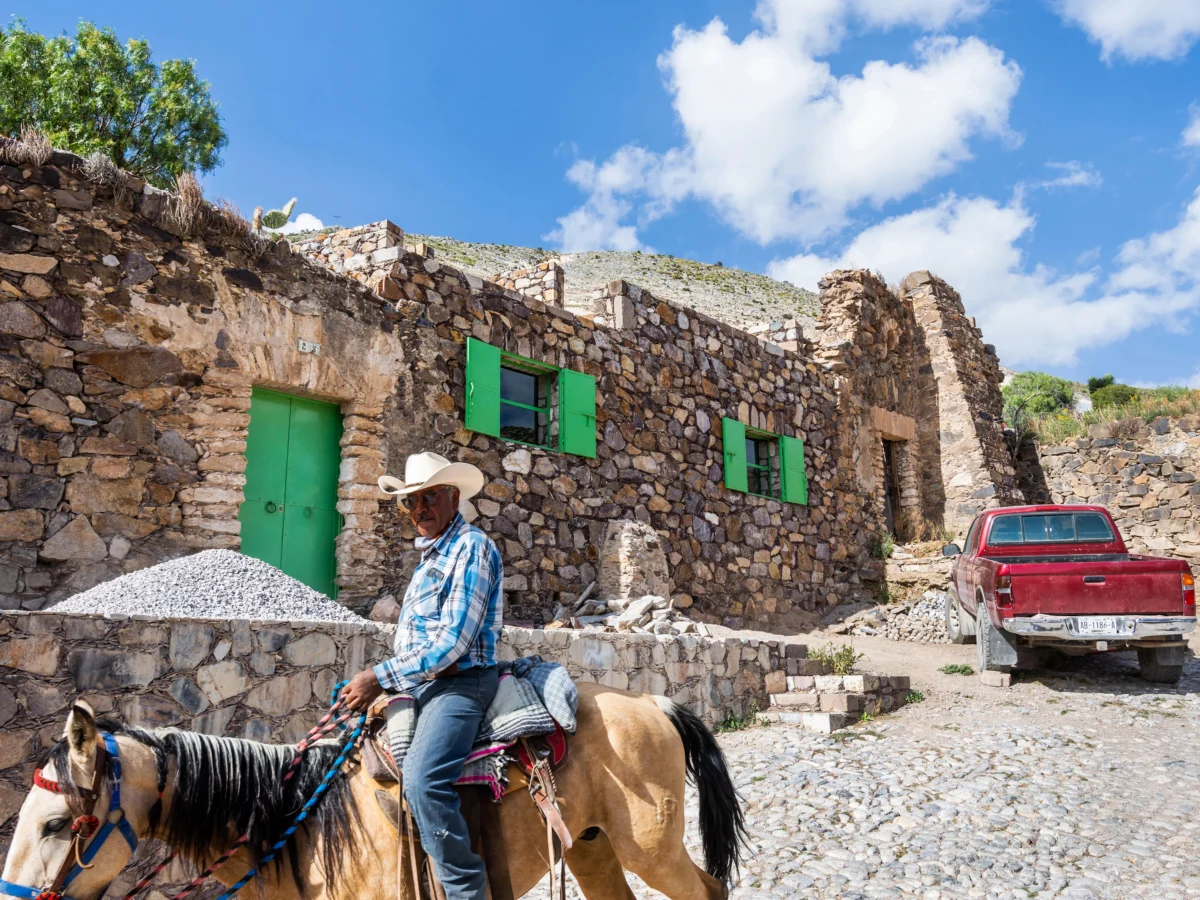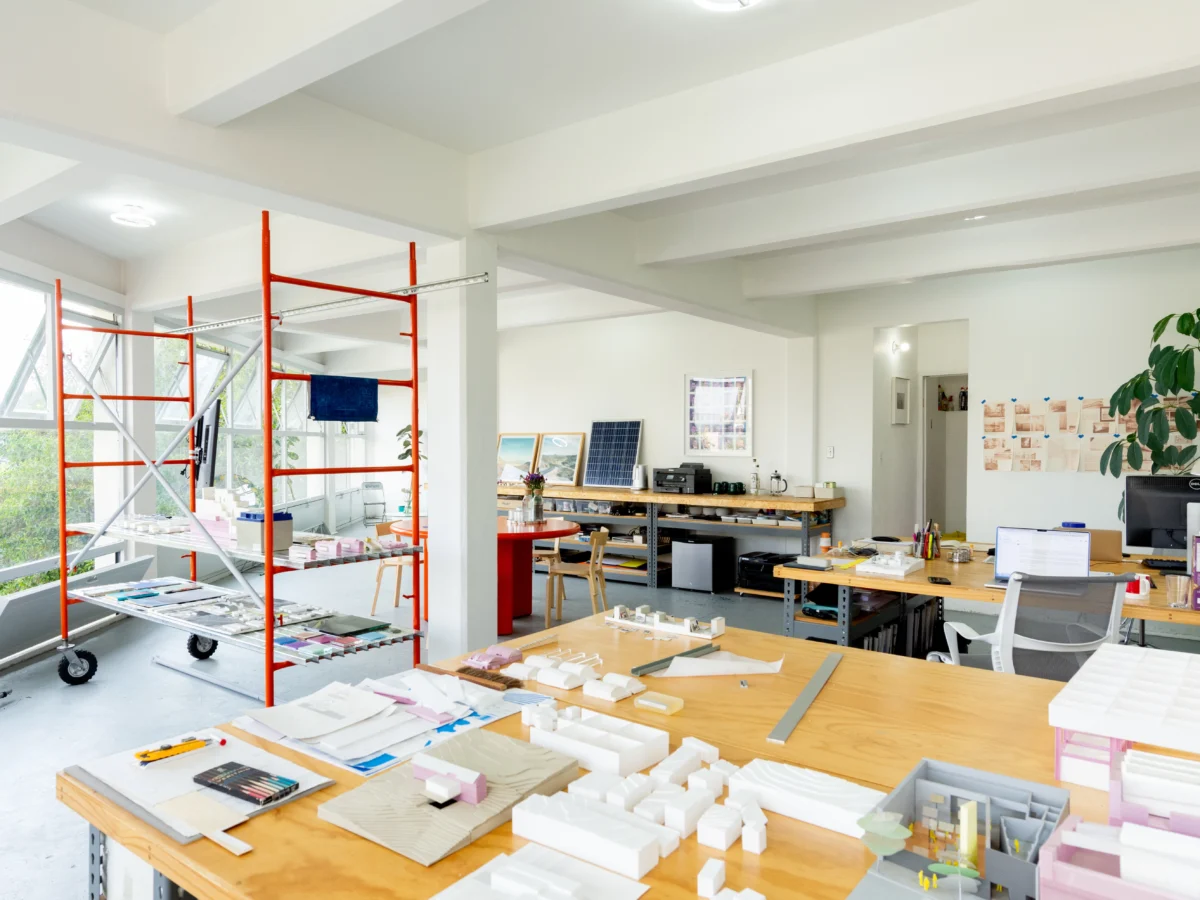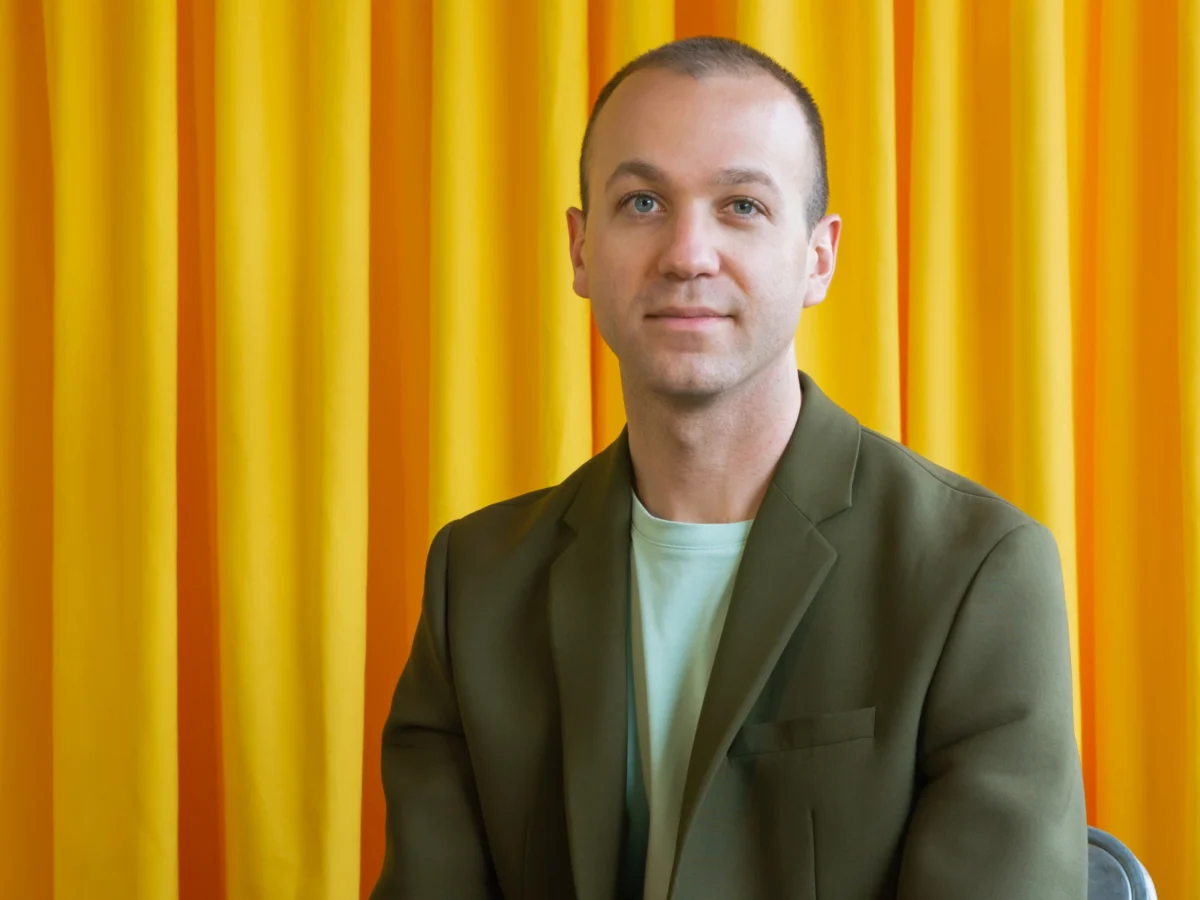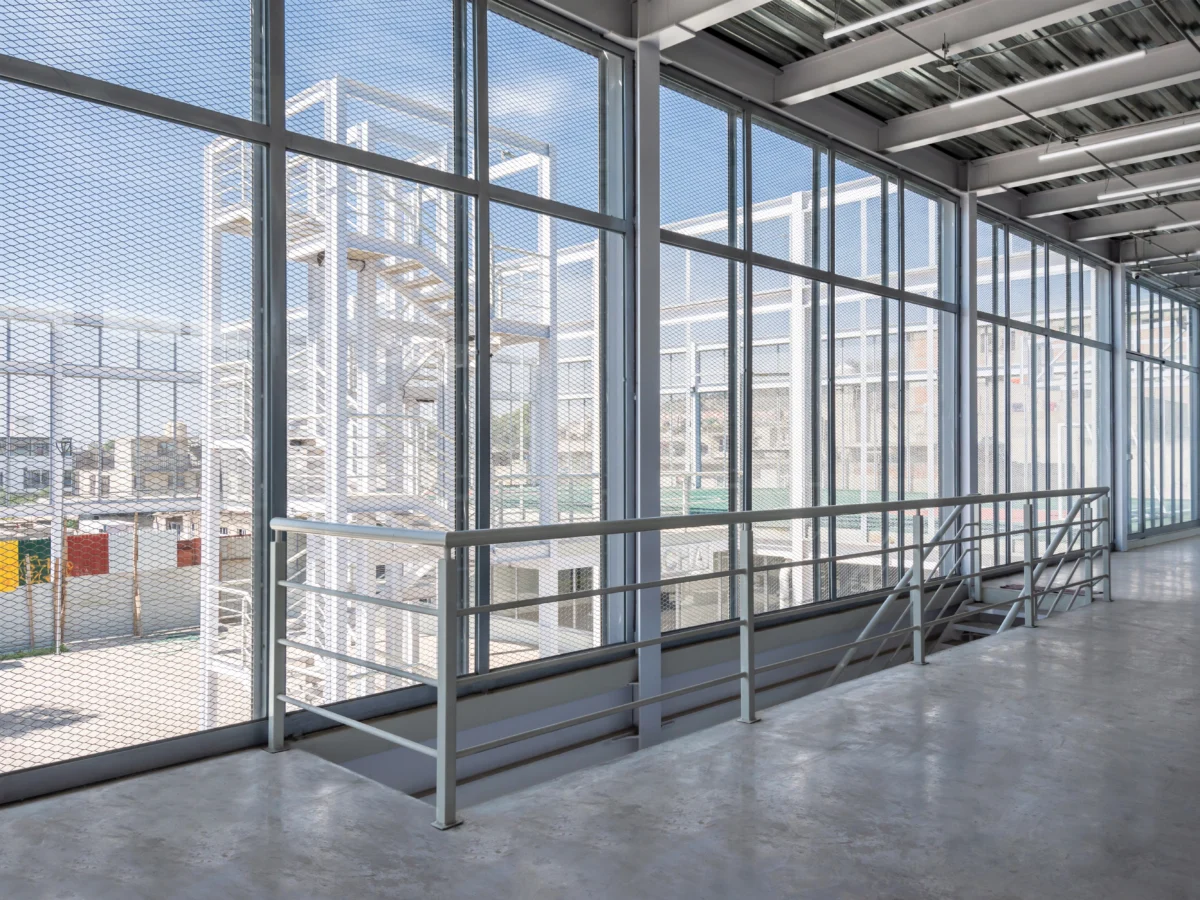Drawing from geography and history, Nathan Friedman’s vision of architecture extends beyond buildings
When asked what architects do, most people tend to think that they design buildings. And of course, that is part of their purview. But many architects have a more holistic approach in the way they consider their practice. Nathan Friedman (SMArchS ’15), is interested in “engaging space—how you can really start to shape the built environment,” he said. “I’ve also studied the relationship between politics and social sciences and design, which has become a motivator in terms of the work that I do.”
This broad perspective is reflected in Friedman’s shortlisted entry for Harvard’s Wheelwright Prize, an international competition for early-career architects—his project, “Sovereign Systems: Resource Management in Latin America,” focuses on the use of resources in relation to such concepts as sovereignty and the nation state.
“We both shared that interest in the larger scales,” said Associate Professor of architecture and urbanism Rania Ghosn, for whom Friedman was a teaching assistant at MIT. “He has truly a practice that engages with systemic questions—how things are related—and also a mode of design thinking that operates on different scales from that of the building to the territorial.”

An International Perspective
Now a professor in the practice at the Rice University School Architecture, Friedman splits his time between Houston and Mexico City, where Departamento del Distrito, the design practice he founded with Francisco Quiñones in 2017, is based. This international footprint is very much part of his approach to architecture, both theoretical and practical. After growing up in Montclair, N.J., he earned a BArch. from Cornell University. He then worked in Europe, most notably at the Office for Metropolitan Architecture in Rotterdam. “Travel is so important and pivotal in terms of an architecture and urbanism education,” he said.
Friedman calls his years away from the United States a hinge point: he realized he wanted to hone his research skills, which he did as part of his studies at MIT.
“It can be confusing to people when they hear that I have a degree in history, theory and criticism of architecture and art from MIT,” he said. “Sometimes they don’t understand how amazing the humanities programs are at MIT. There’s a real sense of responsibility to convey and challenge what technology means—it’s not just creating the next hot thing blindly, but being critical about what’s being produced. MIT also offers a quite unique program in terms of architecture history and theory.”

Understanding The Past to Design The Present—and The Future
Part of Friedman’s view of architecture involves looking at archives to better understand how the past helps map out the present and, perhaps, better prepare for the future. For his Master’s thesis, under the direction of Professor Ana Miljački, Friedman studied the history of the landscape of the U.S.-Mexico border. “Basically how that particular line, or the border as we know today, was set, and all the ripple effects in terms of contemporary urbanism and architecture,” he said.
While in graduate school, he also edited the 2015 issue of Thresholds (theme: “Scandalous”), MIT’s architecture journal, with fellow student Ann Lui (SMArchS ’15), under the mentorship of Professor Mark Jarzombek. “There’s obviously a huge learning curve and as a student you make many mistakes,” Friedman said, “but it was incredible because you have the institution behind you, and also all the years of that publication behind you, which allows you to reach out to incredible architects and theorists and historians.” This seemingly extracurricular activity mattered a lot to Friedman, who says that “the opportunities through working were just as exciting as the classes, in my opinion. I worked at the Keller Gallery and I was an artist assistant for Jorge Otero-Pailos (PhD ‘02), who did an exhibition titled ‘Space-Time 1964/2014’ there,” he added. “It was never just admin, busy work—it was really formative in terms of my education.”

An Emerging Talent
Friedman’s work is increasingly recognized. In 2021, he won the Wortham Fellowship from the Rice School of Architecture, a two-year appointment that then evolved into his faculty position there. In 2022, Friedman and Quiñones were among the recipients of the Architectural League of New York’s prestigious Architectural League Prize. The theme that year was “Grounding,” whose call for entries—“through grounding, designers come to terms with complex material realities, sociocultural contingencies, and more fundamental ways of being”—very much aligned with Friedman’s.
His current interests “involve resource management and how things like community and self-determination can be folded in—where it’s not just a top-down government policy situation but we can actually gain some agency as an individual,” Friedman says.
His interest in taking in macro elements is reflected in a Departamento del Distrito commission to design rental lodgings in a small mountain village in the northern Mexican state of San Luis Potosí, in 2022. One of the concerns was to take the landscape and the history of the setting into account.
Also in 2022, Departamento del Distrito designed the project “When Models Are Systems,” a temporary installation consisting of a modified telecommunications tower on top of the Laguna building in Mexico City. “A single 85 watt solar panel powered a range of devices, and after the energy was used, the whole thing turned off,” Friedman explained. “The idea behind it was a direct critique of energy policy in Mexico. This hasn’t been announced yet but we’re going to do another version at a larger scale in Los Angeles, which will open next summer.”
It’s refreshing to hear that despite his growing success, Friedman does not fit the “starchitect” cliché. “He’s very generous, far from the heroic architect that is here to save the world,” Ghosn said. “He does these things very tactilely, incrementally, with humility and impact. He cares about the world and the people that he works with.”
Written by Elisabeth Vincentelli
Editorial direction by Leah Talatinian



